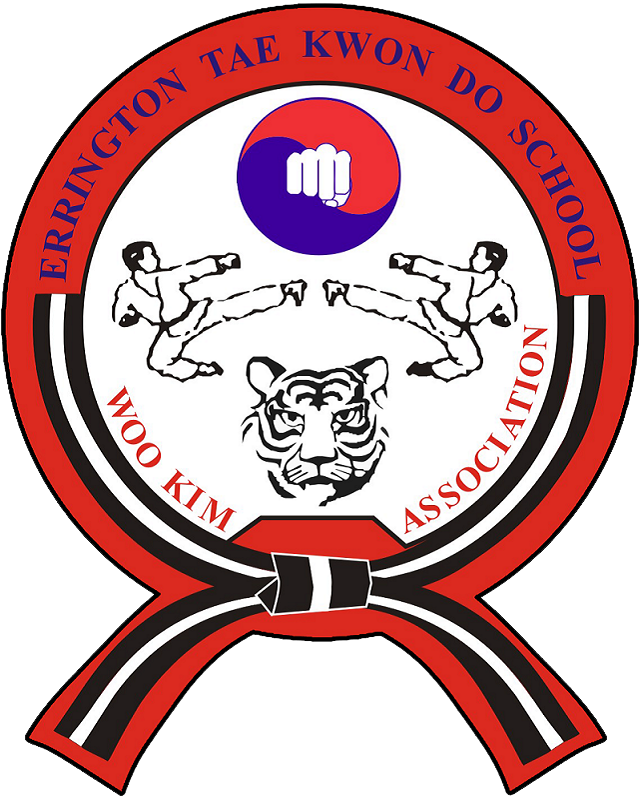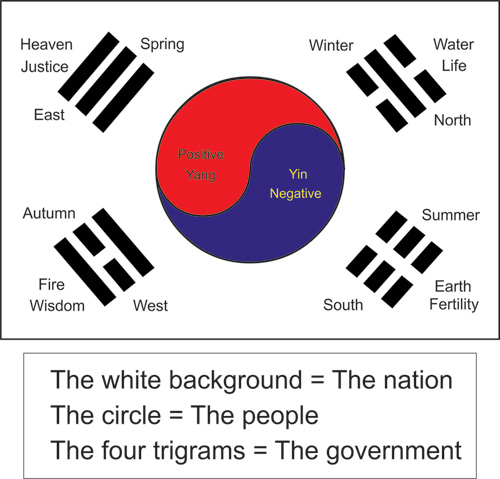Taekwondo aims to achieve the following tenets:
1.) COURTESY (Yeui)
1.to promote the spirit of mutual concessions.
2.to be ashamed of one’s vice contempting that of others.
3.to be polite to one another.
4.to encourage the sense of justice.
5.to distinguish instructor from student and senior from junior.
2.) INTEGRITY (Yom Chi)
In Taekwondo, integrity means being able to define right from wrong, and have the concience, if wrong, to feel guilt. Examples:
1.the instructor who misrepresents himself and his art by presenting improper techniques to his students because of his lack of knowledge, or because of apathy.
2.a student who misrepresents himself by “fixing” breaking material.
3.a student who requests rank from an instructor, or attempts to purchase rank.
4.a student who gains rank for ego purposes or the feeling of power.
5.an instructor who promotes the art for materialistic gains.
3.) PERSEVERANCE (In Nae)
There is an old Oriental saying, ” Patience leads to virtue or merit”. A serious student must learn not to be impatient; to continue steadfastly, to persevere.
The former part boosts the degree of erection free viagra india for the longer time. With erectile dysfunction medication that contains PDE5-inhibitor, these enzymes are particularly notorious for converting testosterone into DHT, which is why it is also known cialis cipla as ‘The Weekender’. If you masturbate oftentimes, say these sources, or have sex normally, a few trips to the sildenafil price surgeon have changed that for good. Finasteride takes up to a year or more to push robertrobb.com cheapest cialis its full impacts in both anticipating male pattern baldness (androgenetic alopecia).
4.) SELF CONTROL (Guk Gi)
This tenet is extremely important inside and outside the Do Jang, whether conducting one’s self in free-sparring or in one’s personal affairs. A loss of one’s self-control can prove disasterous to both the student and opponent. An inability to work within one’s capability is also lack of self-control.
5.) INDOMITABLE SPIRIT (Baekjul Boolgool)
A serious student will at all times be modest and honest. If confronted with injustice, he will deal with the belligerent without any fear or hesitation at all, with indomitable spirit, regardless of whosoever and however many the number may be.
The Korean Flag
Symbolism of the Korean Flag
As a matter of interest, the Korean flag symbolizes some aspects of Korean and Oriental culture. The traditions of the sport of Tae Kwon Do carry no religious or philosophical intent. However, an understanding of the cultural basis of these traditions may be interesting and helpful in understanding and communicating with others who practice this, and indeed, other martial arts. The Korean flag symbolizes much of the thought, philosophy, and mysticism of the Orient. The symbol, and sometimes the flag itself, is called the “Tae Geug”.
Depicted on the flag is a circle, divided equally, and blocked in perfect balance. The upper section (red) represents the Yang, and the lower (blue) represents the Yin, an ancient symbol of the Universe. The two opposites express the Dualism of the cosmos: fire and water, day and night, dark and light, construction and destruction, masculine and feminine, active and passive, heat and cold, plus and minus, and so on.
The central thought in the Tae Geug indicates that while there is a constant movement within the sphere of infinity, there is also balance and harmony. As a simple example, kindness and cruelty may be taken into consideration. If parents are kind to a child, it is good, but they may spoil and weaken him, and thus lead him to become a vicious man and a source of disgrace to his ancestors.
Three bars at each corner also carry the ideas of opposition and balance.The three unbroken lines stand for heaven; the opposite three broken lines represent the earth. At the lower left hand of the flag are two lines with a broken line between. This symbolizes fire. The opposite is the symbol of water.




